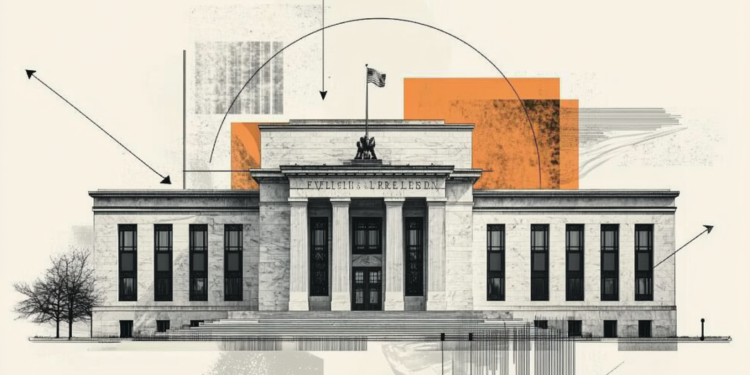The global bond market is no longer a quiet harbor—it’s become a storm-swept strait, where captains of finance are forced to navigate by starlight through swelling issuance, retreating demand, and unpredictable political squalls. Once dull and dependable, government bond auctions are now high-stakes exercises in crowd control, with finance ministries elbowing each other for air in a room where the exits are narrowing and the crowd is growing restless.
The dismal showing at Japan’s recent 20-year debt auction wasn’t just a blip—it was a flare shot into the night sky, signalling a tectonic shift. Investors are balking at long-duration paper just as fiscal appetites balloon across the G7. Gone is the era when governments could lock in cheap, long-term financing at the push of a button. We’ve entered the age of debt Darwinism—only the nimblest, most credible sovereigns will thrive.
Yields on 30-year bonds in Japan, the UK, and the U.S. are punching through multi-decade highs, not because of raging inflation but because the demand side of the ledger is cracking under the weight of supply. Long-duration sovereign debt, once the ballast of pension funds and insurance portfolios, is being dumped overboard. The aging demographics that once supported a relentless bid for duration are now turning inward—redeeming, not reinvesting. Traditional buyers are vanishing, and the hedge funds circling in are speculative traders, not long-term holders.

Every basis point now comes at a cost—one that could eventually squeeze everything from defense budgets to education outlays. And make no mistake: the long end of the curve isn’t just a chart; it’s a live wire, transmitting shocks into every corner of the financial system. From corporate debt to mortgage rates, when the long bond twitches, the whole market flinches.
In Washington, the fiscal firehose keeps gushing. Trump’s tax-and-spend bonanza—his so-called “big beautiful bill”—is effectively a levered bet on permanent growth at 2%+. But if the bond market starts doubting that bet, there’s nowhere to hide. Even the U.S., long shielded by the dollar’s reserve status, risks wandering into a fiscal kill zone where the bond vigilantes aren’t just watching—they’re arming up.
Forget the myth that central banks control the whole yield curve. They anchor the front-end; the back-end is where the real price discovery is happening. And that’s where the dragons are starting to stir. Term premia are rising like sea levels. Steepener trades are proliferating. The market is screaming that uncertainty is back—and it’s not just cyclical, it’s structural.
This isn’t just a U.S. story. Europe is caught in its own pincer. France’s interest bill is now a twin of its defense and education budgets combined. The UK’s self-imposed fiscal straightjacket is being tested by market reality. Even Germany—the austerity poster child—is issuing more Bunds than it has in years. The dam is leaking everywhere.
Governments are trying to game the curve—pivoting toward short-dated issuance to avoid the long-end pain. But that’s just a maturity mismatch in disguise. Rollovers become cliff edges. Risk migrates—not dissipates. And if the Fed, BoJ, or BoE try to unwind their quantitative easing piles too quickly, they could end up fanning the flames rather than dampening them.
What we’re witnessing is the end of financial repression, the long goodbye to free money. The bond market is no longer a docile partner—it’s a counterparty with demands. If policy credibility falters, if inflation expectations unmoor, if supply continues to outpace genuine demand, then the last domino falls: the central banks lose control of the narrative.
That’s when fiscal dominance takes over, when monetary policy becomes a slave to debt servicing costs. When rate cuts stop being about growth or inflation and start being about survival. That’s the long fuse we’re now watching burn. And if it hits the powder keg? Then suddenly, the “gradually” part of Hemingway’s insolvency arc might find its “suddenly.”

